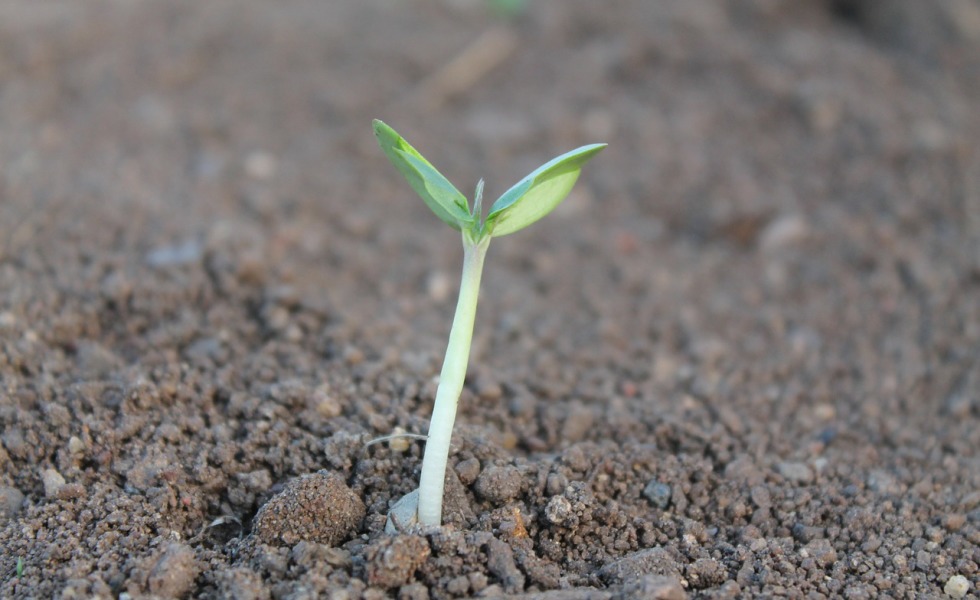“Mother Nature Always Bats Last”
Posted on July 24, 2019

Call it what you will—coincidence, chance or just bad luck—but on the very day that President Donald J. Trump defended his Administration’s almost indefensible record on the environment, the Washington, D. C. metro area was deluged by rainfall not seen since Noah.
In fact, so much rain fell so fast on the nation’s capital July 8 that cars attempting to navigate Constitution Avenue, the street between the National Mall and the White House, looked like boats chugging headlight deep in a flowing, chocolate-brown creek.
Later, when the runoff began to pour into the White House basement, Twitter, itself a 24/7 flood of muddy facts and fiction, ran thick with puns noting the building was again (ahem) “leaking.”
The record rainfall did serve as the near-perfect metaphor for President Trump’s “environmental” speech later that day. It, too, was a muddy torrent because everyone in Washington—including most farm groups—knows the Trump Administration has worked hard to undermine almost every environmental policy it inherited since taking office.
And, yet, there was America’s Climate Change Denier-in-Chief giving a speech so glowing that it made him appear greener than fresh-cut alfalfa.
There are, however, too many hard facts for anyone except a handpicked White House audience to buy what the President was selling. For example, in the speech he praised both a former oil lobbyist and former coal lobbyist. Former because one now serves as Secretary of the Interior, the other is the administrator of the Environmental Protection Agency.
The day after the White House speech, though, a U. S. Department of Agriculture (USDA) official rained on the Administration’s greenwashing by estimating U.S. farmers would receive more than “$1 billion for prevented-planting [crop insurance] claims on as many as 10 million acres” due to this year’s historically wet planting season.
That same day, July 9, a University of Illinois ag economist put the prevent-plant price tag nearly four times higher: “Given other prevent plant payments,” wrote Gary Schnitkey for the website farmdocDAILY, “a total of $3,578 million”—$3.578 billion—“of prevent planting payments seem possible for 2019.”
And that’s just the initial estimate for prevented planting; it does not account for all the hundreds of thousands of other insurance claims U.S. farmers will file for the crops they did plant—either late, under less-than-ideal conditions, or replanted—in weather-hammered 2019. Private sources suggest that this year’s payout for that group could reach $10 billion. Some guess it might even touch $15 billion.
If any of those estimates are anywhere close to accurate, weather-related claims for federal crop insurance will be one of the largest sources of income for American farmers this year.
In another instance of sublime coincidence, those payments would be on top of the promised $14.5 billion in tariff mitigation money offered by the White House to offset market losses due to its continuing trade wars.
In fact, if the estimated 2019 mitigation payments are added to standing, Farm Bill-required farm program payments, wrote Charles Abbott in his July 8 AG Insider report, taxpayers will be on the hook for “‘direct payments above $21 billion.’”
That amount, forecasted by private economist David Widmar at Agricultural Economic Insights, Abbott explained, would be the largest amount of program payments made to farmers “since $24 billion in 2005.” And, he added, the amount would total “27 percent of farm income in 2019.”
As stunningly large as that estimate now stands, remember, it does not include one nickel from what almost everyone already agrees will be billions in crop insurance claims.
“Which just goes to show you again,” a friend says in a telephone conversation July 10, “that no matter what—Farm Bill, crop insurance, whatever—Mother Nature always bats last.”
That’s true, even at the leaky White House.
© 2019 ag comm
Share This